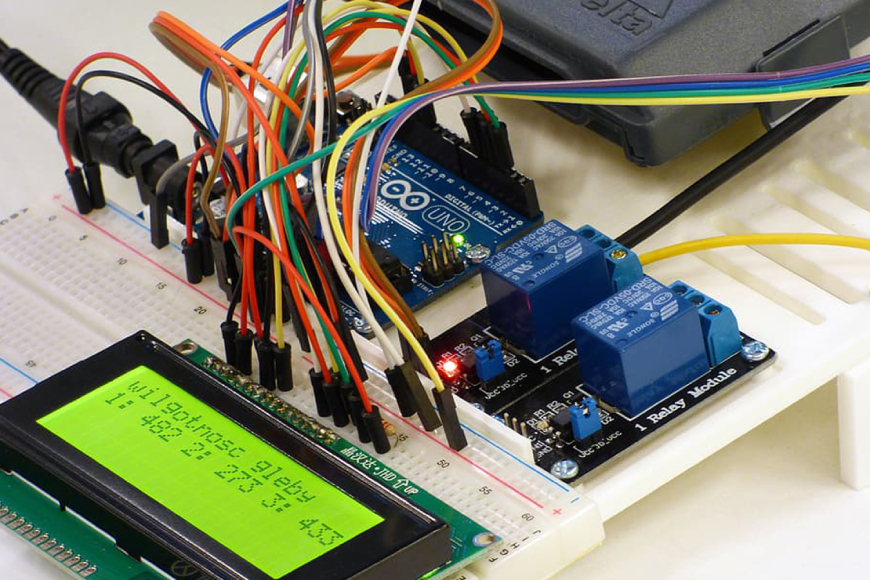Welcome to the Arduino Power Consumption course! This comprehensive course is designed to provide you with a deep understanding of power consumption optimization techniques for Arduino projects. In this course, we will begin with an introduction, exploring the importance of power efficiency in Arduino applications. We will discuss the hardware and software requirements necessary for managing power consumption effectively.
You will learn techniques to lower voltage supply and reduce power consumption of individual components. We will delve into wake-up modes and external timers to maximize power efficiency while ensuring timely operations. Sleep mode implementation will be covered to minimize power usage during idle periods. The course will also guide you through the concept of solar-powered Arduino, allowing you to harness renewable energy for your projects. You will learn how to incorporate sensors for intelligent board control and achieve further power optimization.
To expand your knowledge, we will explore lowering Arduino clock speed as a means to reduce power consumption. Additionally, we will discuss other power reduction options to explore various strategies for optimizing power efficiency. As a bonus, a step-by-step guide will be provided for making an Arduino board at home, offering a valuable hands-on experience in board creation and customization.
By the end of this course, you will possess the knowledge and skills to significantly optimize power consumption in your Arduino projects. Whether you are an Arduino enthusiast, student, or professional in the field of technology, this course will empower you to create energy-efficient applications and extend the battery life of your projects.
What Will You Learn?
- The importance of power consumption optimization in Arduino projects
- Hardware and software requirements for managing power consumption
- Techniques to lower voltage supply and reduce power consumption of components
- Wake-up modes and external timers for power efficiency and timely operations
- Implementation of sleep mode to minimize power usage during idle periods
- Incorporating solar power for sustainable and renewable energy in Arduino projects
- Sensor-based board control for intelligent power management
- Lowering Arduino clock speed to reduce power consumption
- Exploring other power reduction options for optimizing efficiency
- Step-by-step guide for making an Arduino board at home, providing hands-on experience in customization and board creation
Who Should Take The Course?
- Arduino enthusiasts interested in optimizing power consumption in their projects
- Electronics hobbyists looking to extend battery life and improve energy efficiency
- Students and professionals in the fields of engineering and technology
- Individuals working with portable or battery-powered Arduino applications
- Makers and DIY enthusiasts wanting to explore power optimization techniques
- Anyone interested in understanding and implementing sustainable power solutions in Arduino projects
Course Features
- Lectures 26
- Quizzes 0
- Duration 2h 44m
- Skill level All levels
- Language English
- Students 0
- Certificate Yes
- Assessments Self


